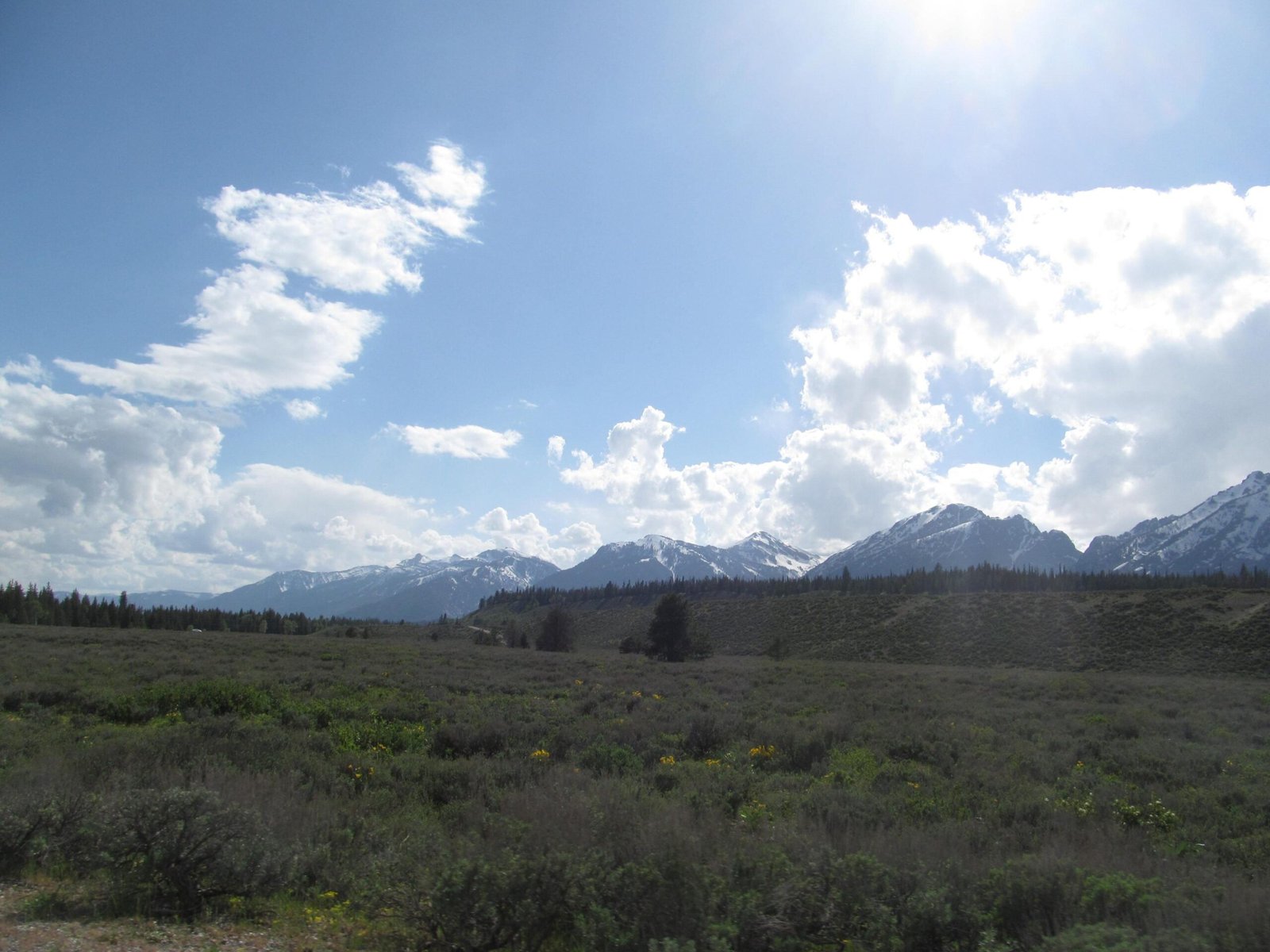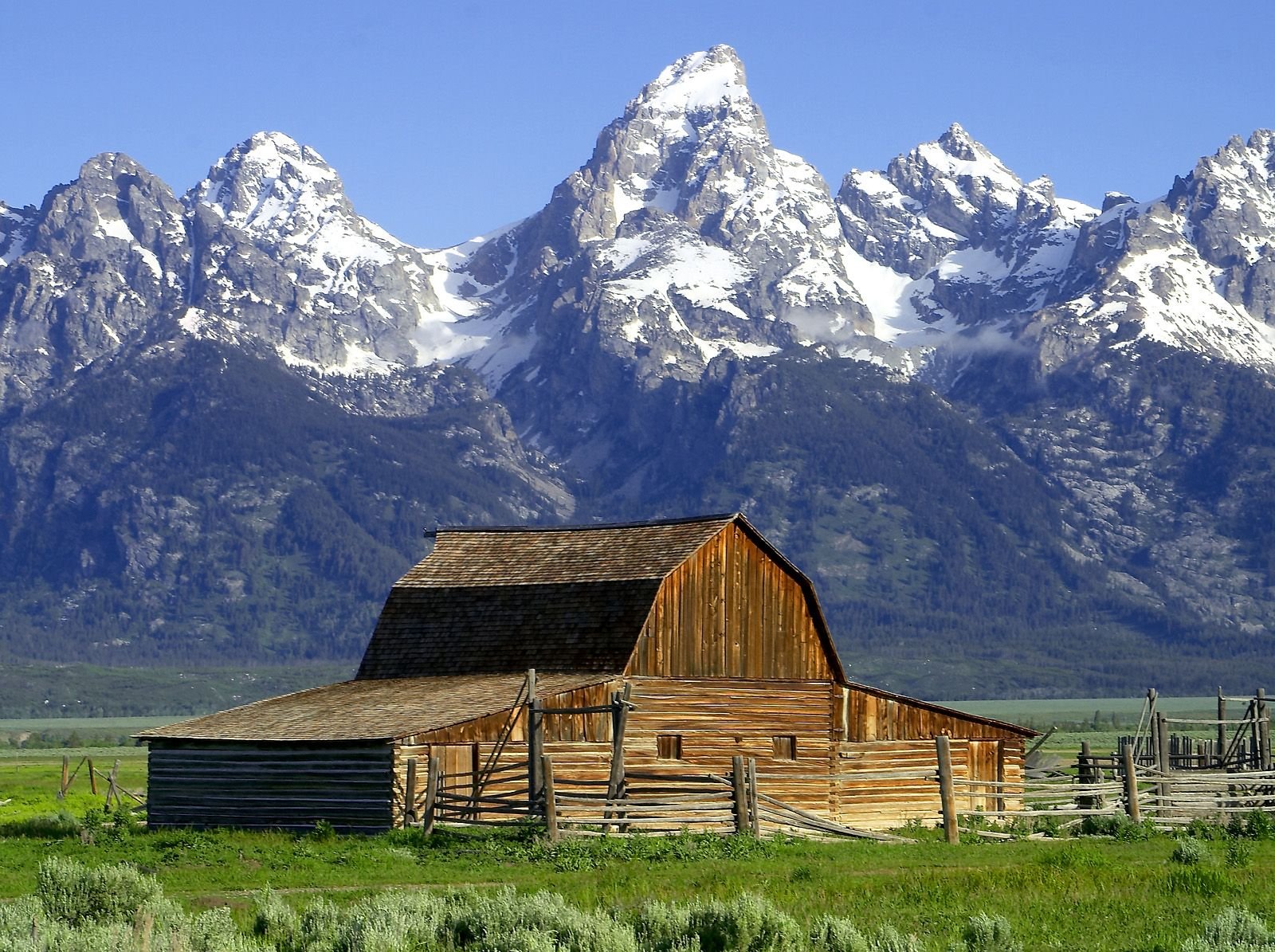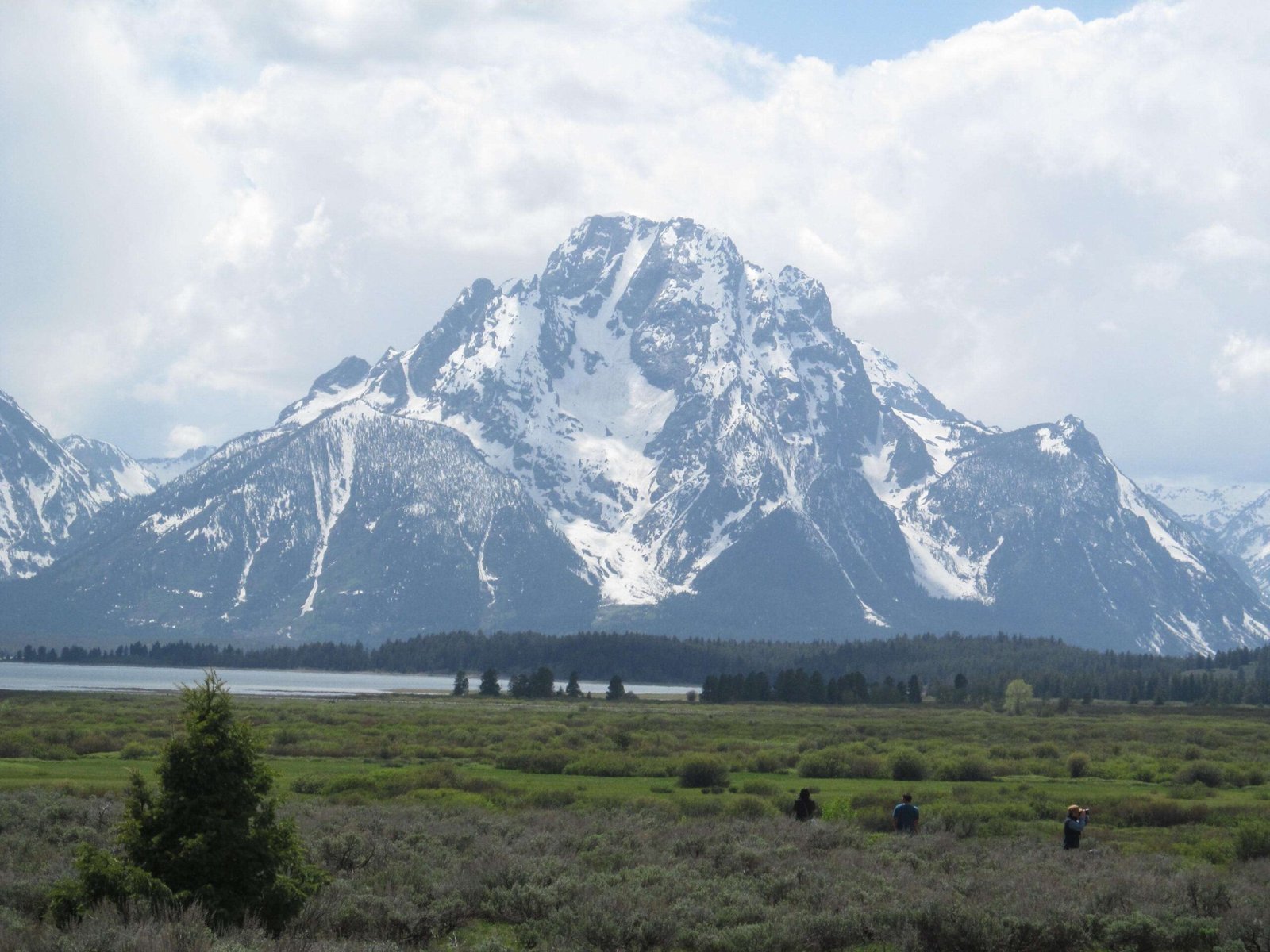The Grand Teton National Park mountain goat management plan represents a critical ecological intervention targeting the complex interactions between non-native mountain goats and native bighorn sheep populations. By implementing strategic removal techniques, habitat assessments, and collaborative wildlife conservation efforts, park managers aim to mitigate potential biodiversity disruptions and preserve the delicate alpine ecosystem’s natural balance.
What Drives the Mountain Goat Management Strategy?

Why Are Mountain Goats a Concern in Grand Teton?
Mountain goats are not native to the Teton Range and pose significant challenges to the ecosystem. Their presence creates multiple environmental pressures:
- Habitat Competition: Direct displacement of native bighorn sheep
- Disease Transmission: Potential pathogen transfer between species
- Ecological Disruption: Altering natural vegetation and wildlife interactions
How Many Mountain Goats Currently Exist?
| Year | Estimated Population | Removal Actions |
|---|---|---|
| 2022 | 15-20 goats | Partial removal |
| 2023 | 10-15 goats | Active management |
What Removal Methods Are Employed?
The management plan utilizes a dual-approach strategy:
- Lethal Removal
- Precise population control
- Minimizing ecological disruption
-
Targeted interventions
-
Non-Lethal Relocation
- Capture and transfer techniques
- Challenges include:
- High operational costs
- Low capture success rates
- Potential disease transmission risks
What Impact Do Mountain Goats Have on Bighorn Sheep?

Population Dynamics
The mountain goat presence has demonstrably affected bighorn sheep populations:
- 2022 bighorn sheep count: 90-104 individuals
- 2023 bighorn sheep count: 71 individuals
- Significant population decline attributed to mountain goat competition
Habitat Considerations
Critical habitat factors include:
- Winter range accessibility
- Forage competition
- Displacement from traditional territories
What Collaborative Approaches Support Management?
Interagency Partnerships
Key collaborators in the management plan:
- National Park Service
- Wyoming Game and Fish Department
- U.S. Forest Service
- Local conservation organizations
Monitoring and Research Strategies
- Annual helicopter population surveys
- DNA-based population estimation
- Habitat quality assessments
- Prescribed ecological interventions
What Future Outcomes Are Anticipated?
Long-Term Conservation Goals
The management plan aims to:
- Stabilize native bighorn sheep populations
- Minimize non-native species impact
- Restore ecological balance
- Develop sustainable wildlife management protocols
Adaptive Management Approach
Continuous monitoring and strategy refinement ensure responsive conservation efforts.
Conclusion
The Grand Teton National Park mountain goat management plan represents a sophisticated, science-driven approach to preserving complex alpine ecosystems through strategic wildlife intervention.

